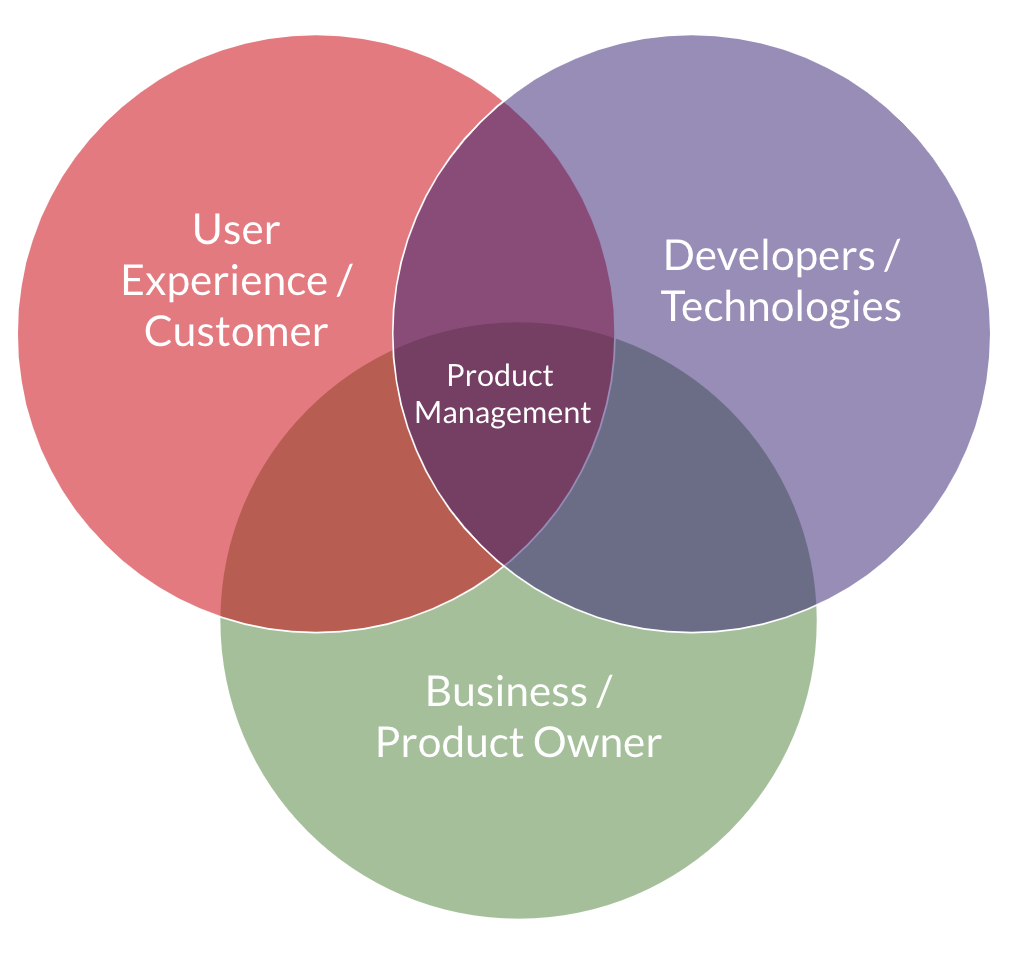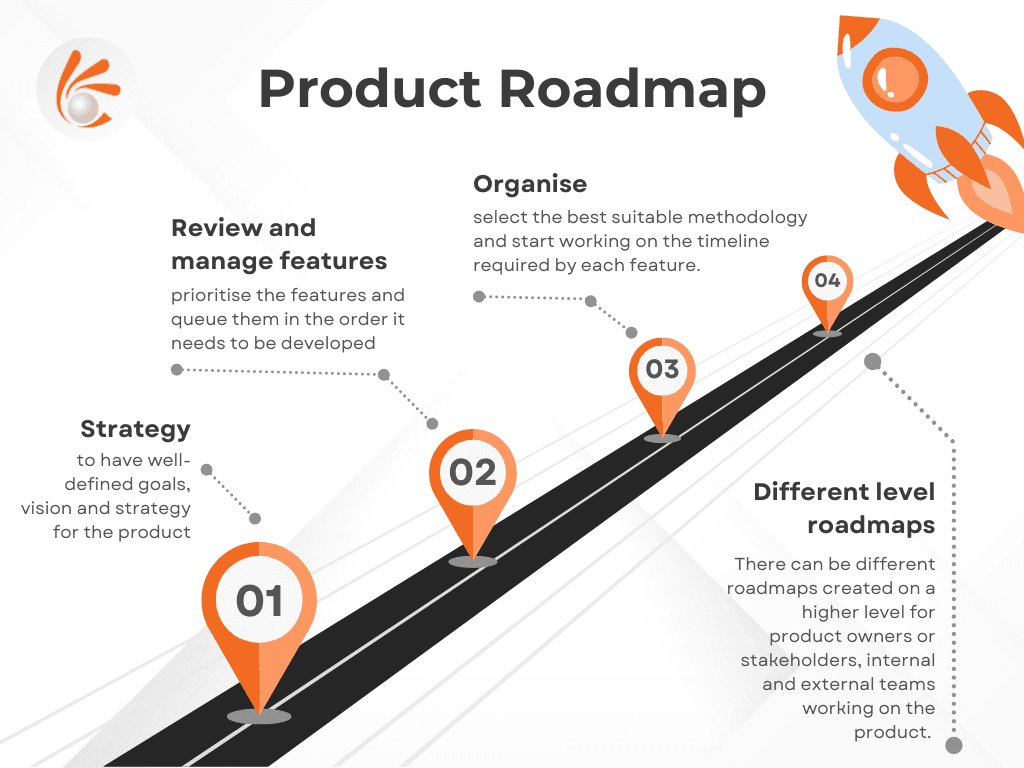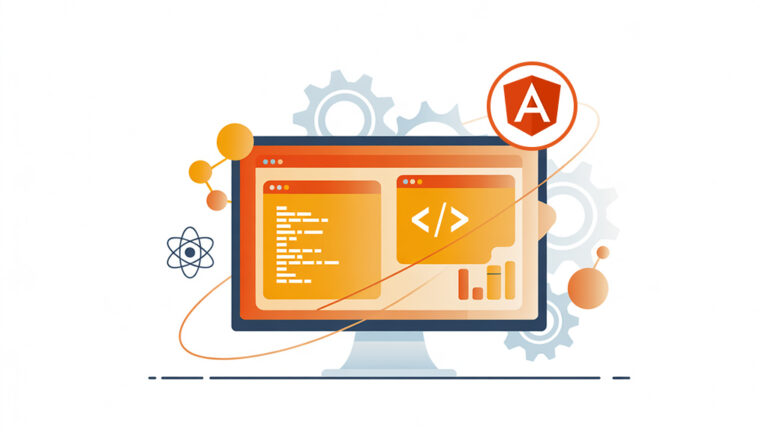
Building AI Agents: The Architecture Guide We Wish We Had
Building AI Agents: The Architecture Guide We Wish We Had Building AI agents turned out to be one of those adventures that started with wide-eyed

Product Management is the organisational task for handling all aspects of a product’s life cycle. From the origination of ideas, to development, to deployment to pricing, and finally to customer experience.
The best way to build your product is to have a product manager who plays the role of the customer’s spokesperson and ensures the customer’s feedback is both heard and understood. When you build a product with customers being the focal point, the product performs better in the market. Having a product manager who overlooks all the aspects of the product ensures that the product is released regularly keeping up with the change and upgrades in the technologies, with new features for the customers.
Martin Eriksson, a veteran product manager with 25 years of experience under his belt, explained product management as: the joining point of user experience / customer, technologies / developers, and business.

Let us explore how Martin Eriksson has explained the product management role
The main objective of product management is to survey and understand the customer’s needs to provide the best product to the customers. Saying this, the main responsibility of product management changes depending on the size of the company. In large companies, a team of product managers work on a product. The drawback is gathering all the stakeholders to agree on their findings or survey results. On the other hand, product managers in small companies spend less time deciding on the survey results. Product management should try to exceed customer’s expectations and be lot on the heels of the innovative future may read better the innovative future growth of the product.
The role of product management is both important and essential to an organisation. product management helps in fusing development, customer experience, marketing, and sales. The role can even be referred to as “Product Caretaker”.
In the present fast pace world, the organisation has to regularly innovate to stay connected with customers. Product management plays a crucial role in the success of the product. An optimized product management experience can boost the organisation’s profit by 30% and more in some cases.

Once your product’s vision is finalised and the strategy is planned out, now it’s time to prepare a roadmap to track when and what should be done or delivered. Your product roadmap should contain all the substantial work required to fulfil your overall business goals and align it with the strategy planned. What goes on the roadmap is purely decided by a product manager.
Roadmaps are a lively or an active component in product management. A product manager should constantly update and make changes to the roadmap based on customers’ changing needs, the market’s changing needs or other factors which can affect the product delivery.
A product roadmap plays an important role in strategic plan execution. The roadmap will oblige internal teams to follow and focus on their work to achieve company goals. With the help of roadmaps, teams can plan work items for the next few days or next few weeks. Teams will know when to release a feature or work item. A roadmap can visually communicate to external partners on the process and changes in the product.
A good product roadmap should incorporate cross-functional teams and all elements related to the product. For Example, the IT team can upgrade their infrastructure to improve the product, and the marketing team can plan an effective product launch. The more ‘road mapping’ process is inclusive, the better organizational support the product manager will have in releasing the product.
Once the product manager has collected all the company goals and product plan, they can then decide which feature should be released at what stage of the product development process and create a timeline for each release.
The product roadmap will depend on the development methodology used by the company to develop the product. If the company is following the Agile methodology, then the product roadmap will be flexible to changes required by the customers or the market during the product development. If the company chooses the traditional waterfall methodology, the roadmap will be inflexible. Any unexpected changes cannot be added while building the product.

Strategy – The first step towards preparing the product roadmap is to have well-defined goals, vision and strategy for the product. A powerful strategy will consist of important information, which will help teams develop a competitive attitude towards the product’s goals and visions. In this case, important information can be the target audience, their requirements, how the company plans to market the product.
Review and manage features – A product manager should prioritise the features and queue them in the order it needs to be developed. The features can be compared to their need, time required to build, impact on strategy, and other factors.
Organise – Now a product manager must organize the features according to their priorities. Then they can select the best suitable methodology and start working on the timeline required by each feature. The best way to organise it is to put all this information into a Gantt chart. Gantt chart is the best tool to depict the product process or the product manager can use any online tool available.
Different level roadmaps – There can be different roadmaps created on a higher level for product owners or stakeholders, internal and external teams working on the product. The product manager should consider a few questions before making the roadmap, like, who will see the roadmap? What is the purpose? What information will be relevant? For example, a roadmap made for the development team will not be of any use to the marketing and sales team.
In conclusion, product management is a vital function within any organization that deals with the development and delivery of products or services. It involves identifying and understanding customer needs, creating and managing product roadmaps, collaborating with cross-functional teams, and ensuring that products meet market demand while also achieving business objectives. Successful product management requires a combination of strategic thinking, project management skills, and effective communication. By mastering the art of product management, businesses can create innovative products that meet the needs of their customers, differentiate themselves from their competitors and drive growth and profitability.

Building AI Agents: The Architecture Guide We Wish We Had Building AI agents turned out to be one of those adventures that started with wide-eyed

Angular Best Practices for Scalable and High-Performance Applications Introduction Staying current with Angular’s latest features is key to writing efficient, scalable, and maintainable applications. This

Breaking the API Mold: A new era of AI-Driven Customer Journeys In the fast- paced world of financial services, speed, accuracy and scalability are critical.
| Cookie | Duration | Description |
|---|---|---|
| cookielawinfo-checkbox-analytics | 11 months | This cookie is set by GDPR Cookie Consent plugin. The cookie is used to store the user consent for the cookies in the category "Analytics". |
| cookielawinfo-checkbox-functional | 11 months | The cookie is set by GDPR cookie consent to record the user consent for the cookies in the category "Functional". |
| cookielawinfo-checkbox-necessary | 11 months | This cookie is set by GDPR Cookie Consent plugin. The cookies is used to store the user consent for the cookies in the category "Necessary". |
| cookielawinfo-checkbox-others | 11 months | This cookie is set by GDPR Cookie Consent plugin. The cookie is used to store the user consent for the cookies in the category "Other. |
| cookielawinfo-checkbox-performance | 11 months | This cookie is set by GDPR Cookie Consent plugin. The cookie is used to store the user consent for the cookies in the category "Performance". |
| viewed_cookie_policy | 11 months | The cookie is set by the GDPR Cookie Consent plugin and is used to store whether or not user has consented to the use of cookies. It does not store any personal data. |